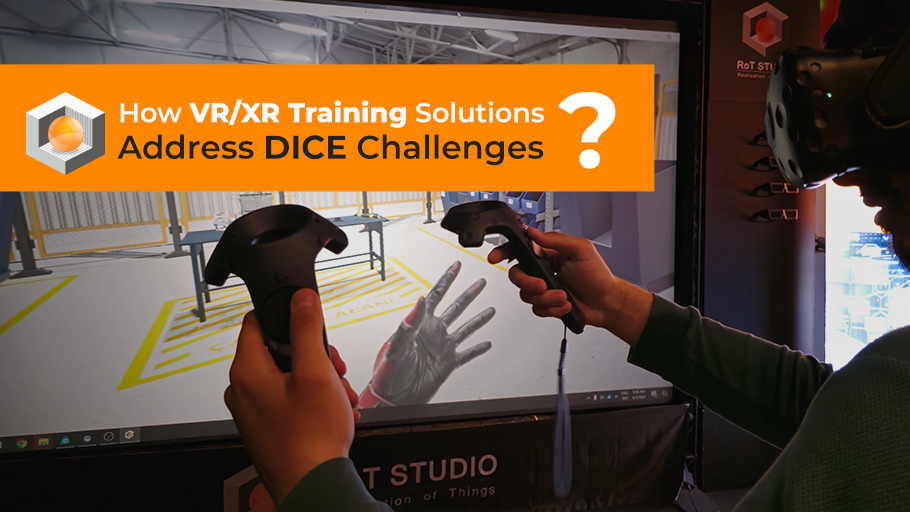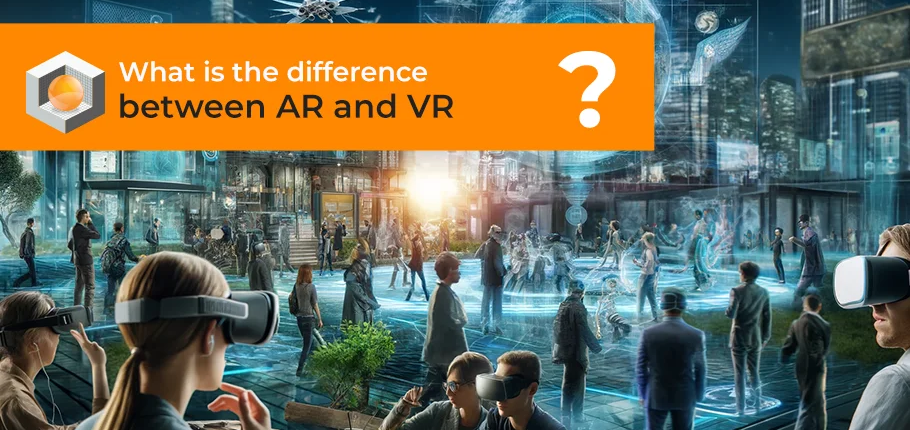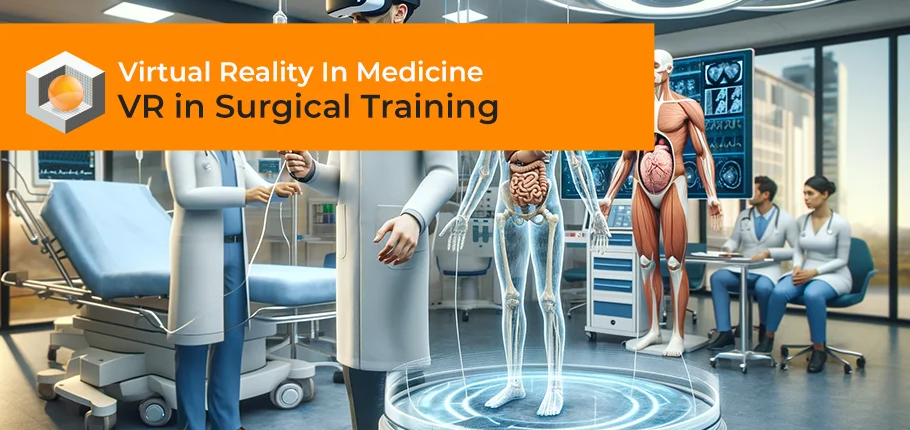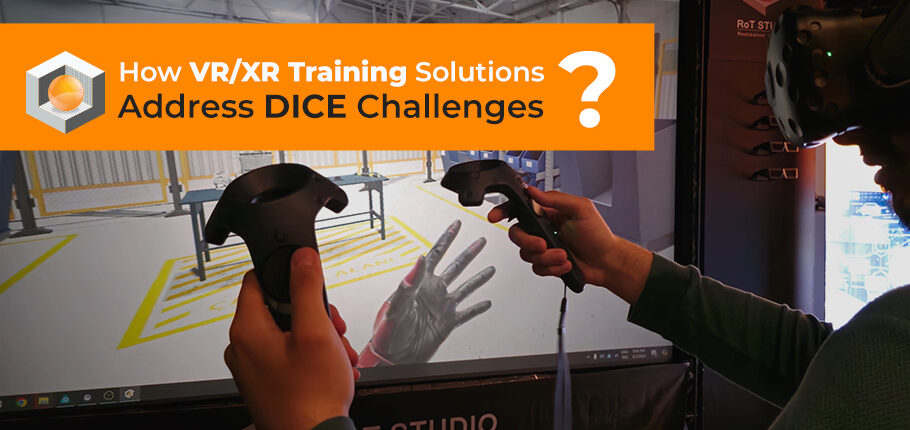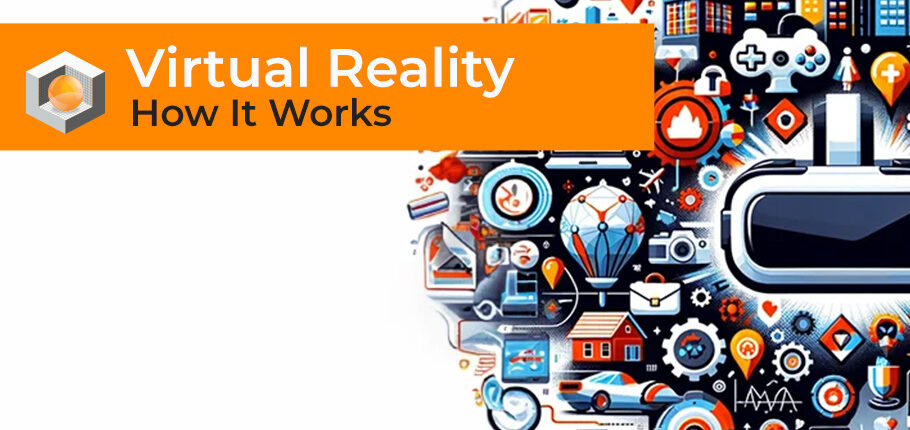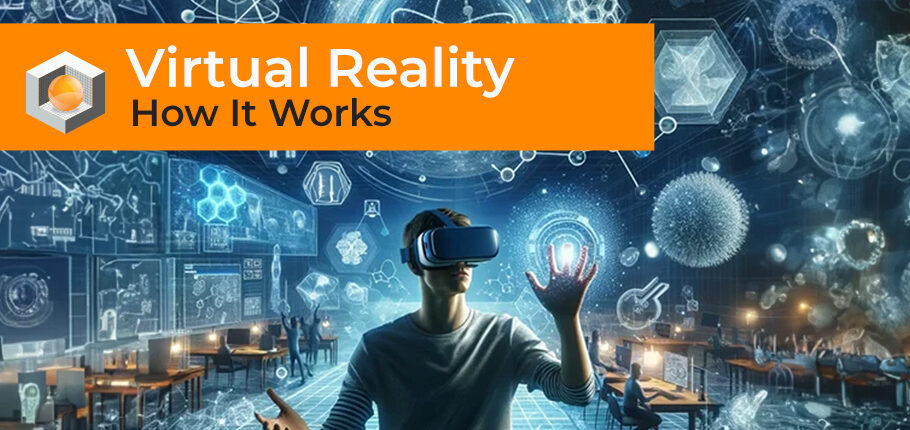How VR/XR Training Solutions Address DICE Challenges?
Business and employee training is more complex than ever due to the fast digitalization process, especially in Health, Safety & Environment (HSE) Trainings. Two of the most useful adaptations for these complexities are Virtual Reality (VR) and Extended Reality (XR) training solutions. But when do we know if it is time to move away from traditional methods and embrace next-gen technology? The DICE framework might outline today’s issues and will help you to understand why you should consider VR and XR solutions for your HSE trainings.
The acronym DICE stands for: Dangerous, Impossible, Counterproductive, and Expensive, and originated by Jeremy Bailenson, the Head of the Stanford Virtual Human Interaction Lab. (Hogle, 2019).
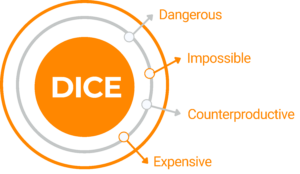
Let’s take a look at how VR and XR can address DICE issues for more effective business training:
Mitigating Dangerous Scenarios:
Dangerous scenarios often result from inadequate risk assessment or exposing your employees to high-risk scenarios, especially in HSE trainings. Here is how VR and XR technology mitigates these dangerous scenarios:
Simulated Testing: VR/XR solutions allow your organization to test hazardous scenarios virtually before you have to fully implement them in real life, which enables you to assess new strategies without exposing your company to real-world risks. Converting your training solutions into VR provides valuable insights for safer, more effective outcomes.
Real-Time Feedback: In virtual environments, your employees will receive immediate feedback, which helps them identify and get ahead of dangerous decision-making patterns. This enables correction before it becomes deeply rooted in real-world practices.
Risk-Free Training: Especially in high-stakes industries, VR/XR can simulate dangerous tasks without real-world consequences, allowing your employees to practice safely and gain confidence before applying their skills in reality.
Impossible to Possible Ambitions:
Does it seem impossible to train your employees to be aware of every risk in every situation? This won’t only demoralize your employees but also undermine your training programs. VR and XR technologies assist in turning these impossible situations to achievable goals by:
Scalable Training: VR/XR technology allows for progressive scaling of training programs to match your organization’s capacity and needs. Realistic goals can be set that become progressively challenging as your employees advance.
Immersive Learning Curves: VR/XR-based training modules can gradually introduce new concepts, helping your employees master foundational skills before moving to more complex topics.
Data-Driven Goals: VR/XR platforms offer you solid analytics to monitor your employees’ progress. You can set realistic targets for your business by analyzing this data, ensuring goals align with actual learning rates.
Countering Counterproductive Approaches:

Traditional training methods often fall short due to their one-size-fits-all approach, which can be inefficient and fail to meet the diverse needs of all of your employees. VR/XR technology effectively addresses these challenges by providing tailored, engaging, and interactive training solutions. Here’s how VR/XR helps counter counterproductive approaches in HSE business training:
Customizable Content: VR/XR training modules can be customized to align with individual learning paces, ensuring your employees engage with the material most relevant to their skill level.
Engaging Scenarios: Immersive environments keep your employees engaged, countering the disengagement from standardized training modules. The interactive nature of VR/XR creates a stimulating learning experience.
Adaptive Learning: VR/XR training modules can adjust in real time based on your employees’ performance, providing personalized support and adjustments that ensure the optimal level of challenge.
Managing Expensive Endeavors:
Traditional HSE training programs often come with high costs, especially when considering extensive logistics, travel, and the need for frequent updates to training materials. But by implementing VR/XR technology your business will be provided innovative solutions to manage and reduce these expenses effectively:
Reducing Travel and Material Costs: VR/XR allows for remote training without significant travel or material costs, reducing logistical expenses.
Long-Term Reusability: Once developed, VR/XR training modules can be reused and updated over time, providing substantial long-term value.
Efficient ROI Tracking: These advanced analytics within VR/XR platforms will help you track the ROI of training programs precisely, allowing continual budget refinement and ensuring substantial returns.
“Training that uses virtual reality has the potential to encourage people to be more empathetic or adopt new perspectives, and it appears to be more effective in changing behavior over the long term than other forms of training, such as role-playing. There are compelling reasons to use VR for training, yet many corporate L&D teams are hesitant to adopt the technology.”
DICE Guides Decision on When and Why to Use VR for Training by Pamela Hogle | Learning Guild
Some Additional Concerns in Traditional HSE Trainings
Beyond the primary challenges we mentioned in the DICE framework, VR/XR technology also offers effective solutions to several specific issues frequently encountered in traditional training programs in organizations. These issues include managing high risk, high costs, high pollution, difficulty to see, and reproduction to operate.
Here’s a detailed look at how VR/XR technology addresses these concerns:
Managing High Risk: Training in high-risk environments can expose your employees to potential hazards. VR/XR mitigates these risks by providing a safe, controlled virtual environment where your employees can practice and master safety protocols without facing real-world dangers. This is especially beneficial in industries such as construction, manufacturing, and chemical processing, where hands-on experience in a risk-free setting is crucial.
Reducing High Costs: Traditional training programs often involve significant expenses, including travel, accommodation, and the use of physical training materials. VR/XR reduces these costs by enabling virtual training sessions that eliminate the need for travel and reduce reliance on physical resources. The reusability and scalability of VR/XR modules also contribute to long-term cost savings, making training more economical for organizations.
Minimizing High Pollution: Conventional training programs can contribute to environmental pollution through travel and the use of physical materials. Because the need for travel and reproducing the training materials will be less through implementing VR and XR solutions to your business trainings, it will also help your corporate’s sustainability goals and reduce its carbon footprint.
Improving Visibility: Complex processes and safety protocols can be challenging to visualize and understand through traditional training methods. VR and XR technology enhance visibility by providing immersive 3D simulations that make it easier for your employees to experience difficult concepts and see the practical application of their training in a virtual setting.
Simplifying the Reproduction: Consistently reproducing effective training sessions across different locations and times can often be tough. But VR/XR technology simplifies this by allowing easy reproduction and standardization of your training scenarios. This ensures that all of your employees will receive the same high-quality training experience, regardless of where they are or the timing of the training session, leading to consistent skill development across the organization.
DICE challenges can impact your organizational training effectiveness, but VR and XR solutions offer innovative ways that can help your company turn these downfalls into wins. Because VR/XR provides immersive, personalized, and scalable training experiences, it will enable you to effectively train your workforce while managing risks, setting achievable goals, and optimizing costs.
As RoT STUDIO, we are here to solve your organization’s DICE issues with our VR/XR solutions, ensuring that your business can leverage the power of next-gen technology to build a well-trained, future-ready workforce.


